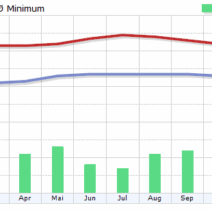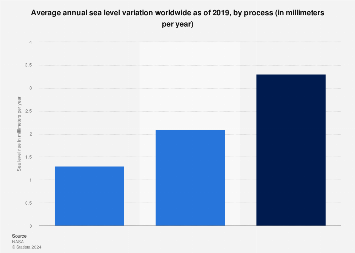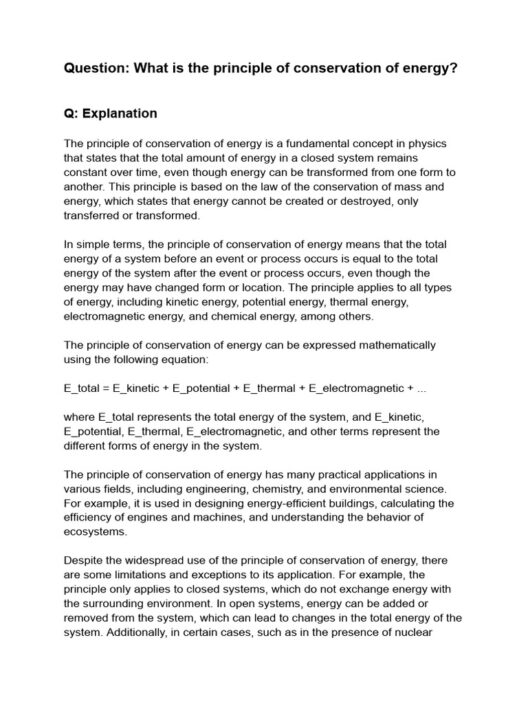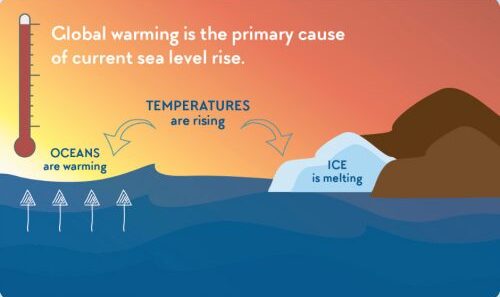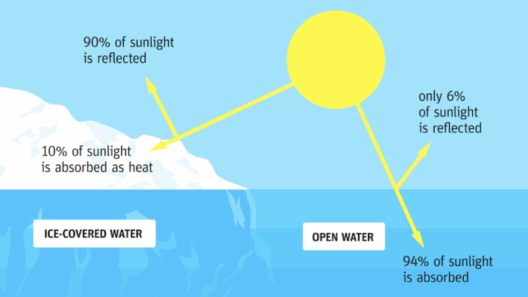The rising tide—an ominous phrase laden with implications. It recently gained more gravitas as scientists have detected a discernible uptick in global sea levels. The annual increase is not merely a statistic; it’s a clarion call demanding our collective attention. Understanding the dynamics of this rise provides an insightful glimpse into the unfolding climate crisis and its profound impacts on our world.
Many observers have noted that over the past century, sea levels have climbed with alarming regularity. On average, the global ocean levels have been rising around 3.3 millimeters annually, but this figure is not static. A more profound exploration into this phenomenon reveals a multifaceted narrative characterized by natural processes and anthropogenic influences.
The complexity of sea level rise invokes both scientific intrigue and environmental concern, compelling communities to take action and challenge the status quo. Why does such a seemingly simple question—how fast are sea levels rising?—elicit such fervent discussion? The nuances behind the numbers reveal an ecosystem in peril, a planet unfolding unflattering realities, and an urgent need for comprehensive ecological stewardship.
Transitioning from general observations to specific figures can starkly illuminate the situation. Satellite altimetry, a methodology capable of measuring the precise height of the ocean’s surface, has bolstered our understanding of annual sea level change. Data shows that while the average rise is approximately 3.3 millimeters per year, this rate is accelerating. In the last few decades, the figure has been approaching 4.0 millimeters annually. But what accounts for this acceleration?
Contributions from various natural and anthropogenic phenomena require careful scrutiny, blending to form a complex tapestry that explains our changing oceans.
The Melting Ice Caps: A Primary Contributor
One of the most significant contributors to rising sea levels is the melting of the polar ice caps and glaciers. Since the turn of the millennium, scientists have observed a rapid decline in ice mass in Greenland and Antarctica, regions formerly regarded as stable pillars of Earth’s climate. In Greenland alone, ice loss has surged markedly—by an estimated 250 billion tons per year in recent averages. The sheer volume of meltwater flowing into the oceans has irreversible repercussions for coastal nations.
Furthermore, glacial retreat in different parts of the world adds considerably to this phenomenon, with estimates suggesting glaciers have lost approximately 9 trillion tons of ice since the mid-20th century. The combined effects of polar and glacial melting signify not just rising water levels but also a shift in weather patterns due to altered albedo effects, swirling in a cycle with ramifications that extend beyond mere coastal metrics.
Thermal Expansion: The Hidden Culprit
Another critical factor fueling this increase lies in the oceans themselves—thermal expansion is a silent yet potent contributor to rising sea levels. As global temperatures elevate due to climate change, water expands when it warms. This expansion accounts for roughly 30-40% of global sea level rise. The oceans absorb more than 90% of the excess heat produced by greenhouse gas emissions, leading to a gradual yet steady increase in volume.
These thermodynamic shifts not only affect sea levels but also contribute to more extreme weather events, exacerbating the plight of coastal inhabitants. The warming oceans represent a pivotal issue, demanding immediate action and proactive environmental policies to mitigate further destruction.
A Compound Crisis: Social and Economic Dimensions
As sea levels creep upwards, they provoke multifaceted crises touching on social justice, economic stability, and ecological integrity. Coastal communities face existential threats as homes and livelihoods fall victim to flooding. The allure of coastal real estate dissipates as properties are rendered vulnerable to increasingly frequent storm surges and erosion, necessitating large-scale relocations and considerable financial losses.
In developing nations, the implications are both severe and poignant. Vulnerable populations lacking adequate infrastructure confront heightened risks. Saltwater intrusion compromises freshwater sources; cropland becomes unviable, culminating in food insecurity and displacement. Moreover, culturally rich environments face degradation as history and heritage sites succumb to the relentless advance of the tides.
Unraveling Potential Solutions
Addressing the burgeoning crisis of rising sea levels necessitates a concerted global response, tapping into sustainable development, robust policy frameworks, and a recalibration of our relationship with nature. Understanding the urgency of mitigation strategies like carbon reduction, reforestation, and ecosystem restoration is paramount. Investing in resilient infrastructure must become a priority for nations, particularly those on the frontline of escalating risks.
While the statistics surrounding sea level rise can appear daunting, engaging with the complexity of the issue can spur actionable change. Reducing thermal expansion through reduced greenhouse gas emissions offers a pathway. Implementing adaptive strategies, such as coastal buffer zones and managed retreat, could provide invaluable tools to navigate the uncertainties of climate change.
Ultimately, as sea levels rise, so too must our commitment to safeguarding our planet. The water’s ascent mirrors the heightening urgency to confront climate challenges with unwavering resolve. The time to act is now; the world’s oceans are calling, and they demand our attention to preserve the delicate balance of life upon which we all depend.
